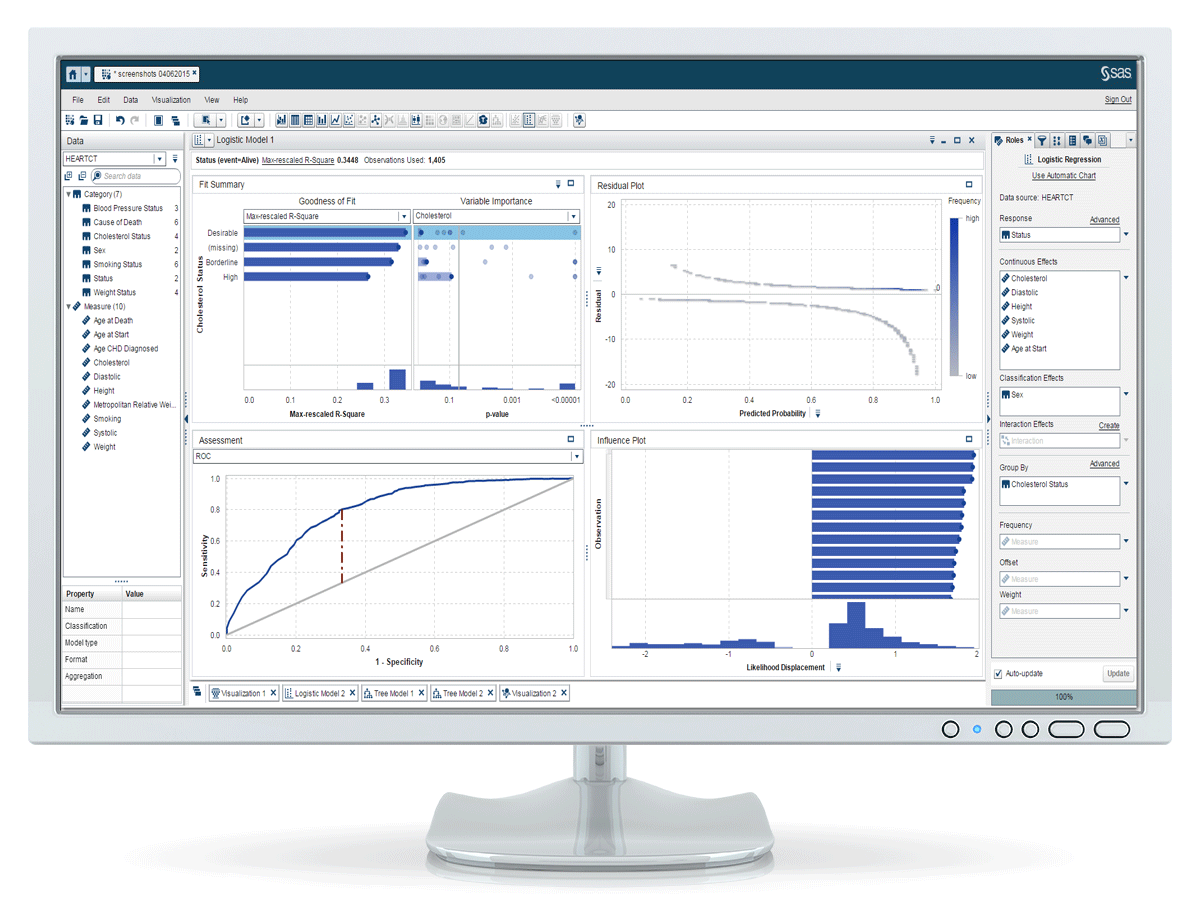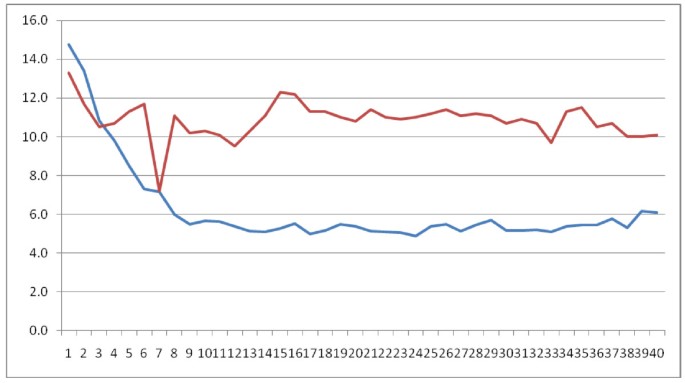



I think this is a bad idea because he is making decisions at less than the 95% confidence level. I know a statistician who habitually rejects the assumption of normality if ANY of the tests reject normality. What should an analyst do if some tests reject the hypothesis whereas others fail to reject it? When the associate p-value of a statistic is less than α, the test rejects the null hypothesis ("the sample is from a normal distribution") at the α significance level. The Kolmogorov-Smirnov statistic (D), the Anderson-Darling statistic (A 2), and theĬramer–von Mises statistic (W 2). The other three tests are based on the empirical cumulative distribution function (ECDF). Shapiro-Wilk statistic (W) is based on a computation that involves the variance and quantiles of the data. PROC UNIVARIATE in SAS supports four different tests for normality of a univariate distribution. This means that the 5% of samples that are rejected by one test might be different from the 5% of samples that are rejected by another test. But even though the tests all are designed to detect normal data, they do so in different ways. This article presents a simulation study that generates random samples from the normal distribution and calls PROC UNIVARIATE to perform tests for normality on each sample.Īt the 95% confidence level, we expect each of these tests to reject the test of normality for 5% of the samples. One or more tests might reject the hypothesis of normality whereas other tests fail to reject it.Ī SAS customer asked a question that made me wonder how often the four normality tests agree, and what the samples look like when the tests do not agree. Tests when you request a hypothesis test.įor example, PROC UNIVARIATE in SAS outputs four different statistical tests for normality, including the Shapiro-Wilk and Kolmogorov-Smirnov tests.
#Nvcc sas statistical software software
Statistical software sometimes displays the results of multiple statistical The answer is that two different tests can and will disagree for some samples, although they are likely to One test reject it whereas the other does not? Here's a fun problem to think about: Suppose that you have two different valid ways to test a statistical hypothesis.įor a given sample, will both tests reject or fail to reject the hypothesis? Or might


 0 kommentar(er)
0 kommentar(er)
